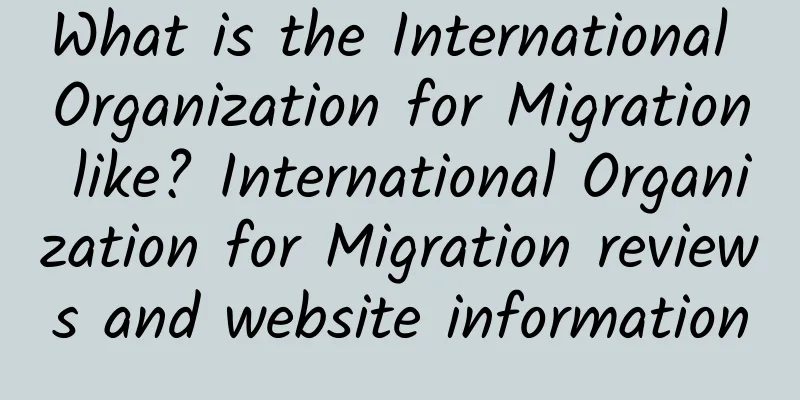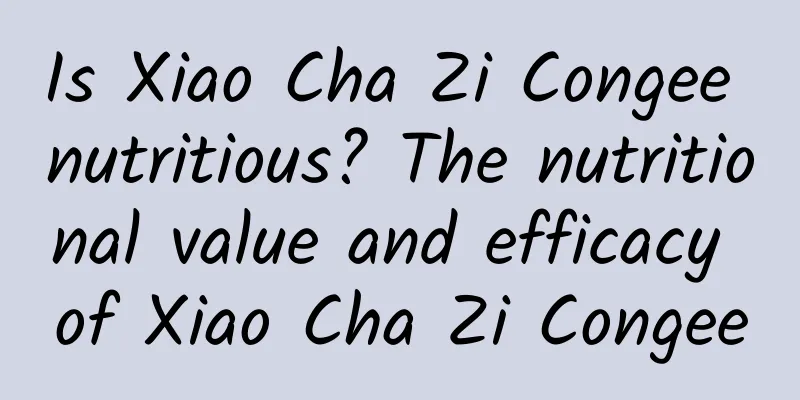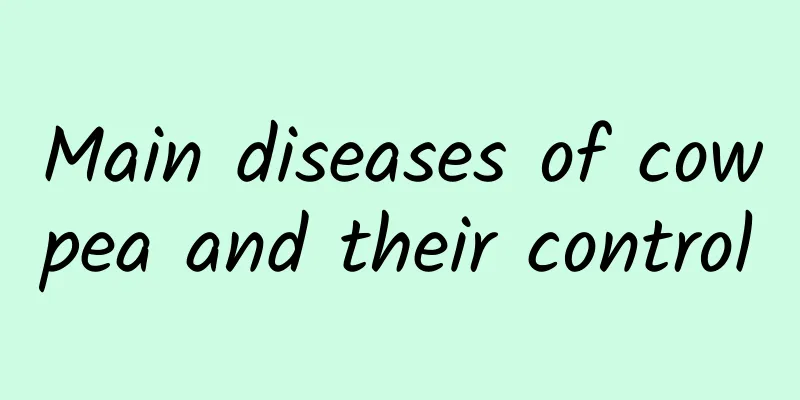What is the International Organization for Migration like? International Organization for Migration reviews and website information

|
What is the website of the International Organization for Migration? The International Organization for Migration (IOM) is a non-political international migration organization. It originated from the Intergovernmental Committee on European Migration (ICEM) established at the "International Conference on Migration" held in Brussels on December 5, 1951. In 1980, it was renamed the "Intergovernmental Committee on Migration" (ICM); in May 1987, it was renamed to its current name. The purpose of the organization is to ensure the orderly migration of immigrants to receiving countries by cooperating with various countries to deal with immigration issues. Website: www.iom.int/cms/en/sites/iom/home.html The International Organization for Migration (IOM) is an international organization dedicated to global migration affairs. It was founded on December 5, 1951 and was originally named the "Intergovernmental Committee on Migration" (ICEM). The background of the organization's establishment is closely related to the large-scale population migration in Europe after World War II. Its original intention was to assist European countries in dealing with immigration issues and ensure the orderly flow of immigrants. Over time, the scope of IOM's responsibilities has gradually expanded and it has become a global immigration management agency. In 1980, the organization was renamed the "Intergovernmental Committee on Migration" (ICM), and in May 1987 it was officially renamed the "International Organization for Migration" (IOM). Today, IOM has become an important agency in the United Nations system that handles migration affairs, with its headquarters in Geneva, Switzerland. The mission of IOM is to promote the orderly management of migration, ensure the protection of the rights of migrants, and promote the positive contribution of migrants to receiving and originating countries by working with governments, international organizations, non-governmental organizations and other stakeholders. IOM's work covers all aspects of migration, including migration policy formulation, migration data collection and analysis, migration capacity building, migration protection and assistance, and the relationship between migration and development. The organization has more than 100 offices around the world, providing direct services to migrants, as well as technical support and policy recommendations to governments. History and Development of the International Organization for MigrationThe history of the International Organization for Migration can be traced back to the reconstruction period of Europe after World War II. At that time, European countries were faced with large-scale population mobility issues, including war refugees, displaced persons and economic migrants. In order to cope with this complex situation, on December 5, 1951, the Belgian government held an international conference in Brussels and established the "Intergovernmental Committee on European Migration" (ICEM). The main task of the committee is to assist European countries in dealing with immigration issues and ensure the orderly flow of immigrants. As the global migration situation changed, the IOM's responsibilities gradually expanded. In 1980, the organization was renamed the "Intergovernmental Committee on Migration" (ICM) to reflect its increasingly global role. In May 1987, the organization was officially renamed the "International Organization for Migration" (IOM), marking its transformation from a regional migration management agency to a global international organization. Since then, IOM has gradually become an important agency in the United Nations system that handles migration affairs, and officially became a United Nations associated organization in 2016. The purpose and mission of the International Organization for MigrationThe IOM's mission is to work with countries to ensure the orderly flow of migrants, protect the rights of migrants, and promote the positive contribution of migrants to both receiving and origin countries. To achieve this mission, IOM has established the following core missions:
IOM's main areas of workIOM's work covers a wide range of areas, including all aspects of immigration. The following are its main areas of work: 1. Immigration policy formulation and capacity buildingIOM provides technical support to governments to help them formulate and implement effective immigration policies. The organization enhances the capacity of countries in immigration management through training, seminars and technical assistance. In addition, IOM also assists countries in strengthening border management and combating illegal activities such as human trafficking and smuggling. 2. Migrant protection and assistanceIOM is committed to protecting the rights of migrants, especially vulnerable migrant groups such as refugees, displaced persons, women and children. The organization provides humanitarian assistance to migrants, including food, medical care, shelter and psychological support. In addition, IOM helps migrants obtain legal assistance to ensure that their rights are not violated. 3. Immigration data collection and analysisIOM is one of the important sources of global migration data. Through surveys, research and data analysis, the organization provides comprehensive information on migration trends, immigrant population characteristics and the impact of migration. These data provide an important basis for governments and international organizations to formulate migration policies. 4. The relationship between migration and developmentIOM believes that migrants can make a positive contribution to the development of both receiving and originating countries. Through a range of projects and initiatives, the organization helps migrants integrate into the societies of receiving countries while supporting the development of their countries of origin. For example, through the Remittance Management Project, IOM helps migrants use remittances for investment and development, thereby promoting economic growth in their countries of origin. 5. Immigrant healthIOM is concerned about the health issues of migrants, especially the health risks they may face during migration. The organization provides medical services and health education for migrants, while assisting governments to strengthen migrant health management and prevent the spread of infectious diseases. IOM's global reachAs a global international organization, IOM plays an important role in global migration affairs. The following are some of IOM’s important achievements around the world:
IOM's Relations with ChinaChina is one of IOM’s important partners. Since the 1990s, IOM has carried out a number of cooperation with the Chinese government on immigration issues. The following are some important areas of cooperation between IOM and China:
Future prospects for IOMWith the deepening development of globalization, immigration issues are becoming increasingly complex. In the future, IOM will continue to play an important role in global immigration affairs, promote the orderly management of immigration, protect the rights of immigrants, and promote the positive contributions of immigrants to receiving countries and countries of origin. The following are some of the key development directions of IOM in the future:
In conclusion, as an important participant in global migration affairs, IOM will continue to promote the orderly management of migration, protect the rights of migrants, and promote the positive contribution of migrants to global development. Through cooperation with all parties in the international community, IOM will make greater contributions to the healthy development of global migration affairs. |
>>: How is Fuji latex? Fuji latex review and website information
Recommend
What are the benefits of eating olive oil
Cooking oil is an indispensable ingredient for pe...
The efficacy and function of golden thread jujube
Golden thread jujube is a fine product among juju...
What is Thomas Cook like? Thomas Cook reviews and website information
What is Thomas Cook? Thomas Cook is the second lar...
The efficacy of pork ribs stewed with daylily
In winter, the variety of fresh vegetables on the...
What is Dazhong Daily like? Dazhong Daily reviews and website information
What is the website of Nuestro Diario? Nuestro Dia...
The efficacy, effects and contraindications of Gongju
Gongju is a type of chrysanthemum and one of the ...
Nutritional value of deer bones and their functions
Deer bones are the bones of sika deer, which are ...
What is Bill Gates like? Bill Gates reviews and website information
What is Bill Gates? William Henry Gates (Bill Gate...
The efficacy and function of cherries and the medicinal value of cherries
Cherry is a kind of plant in the Rosaceae family....
The efficacy and function of dried ginseng fruit
Dried ginseng fruit is a health food made from fr...
What is St. Gallen Football Club like? St. Gallen Football Club reviews and website information
What is the website of Fussballclub St. Gallen? Fu...
Wild vegetables that can cure gynecological diseases
Every spring, a large number of wild vegetables a...
How is the American Spherion company? American Spherion company reviews and website information
What is the website of Spherion? Spherion Staffing...
How to grow plantain
Plantain can be grown indoors to help absorb air ...
Loofah beauty skin care benefits
Loofah is not only edible, but also has certain b...









